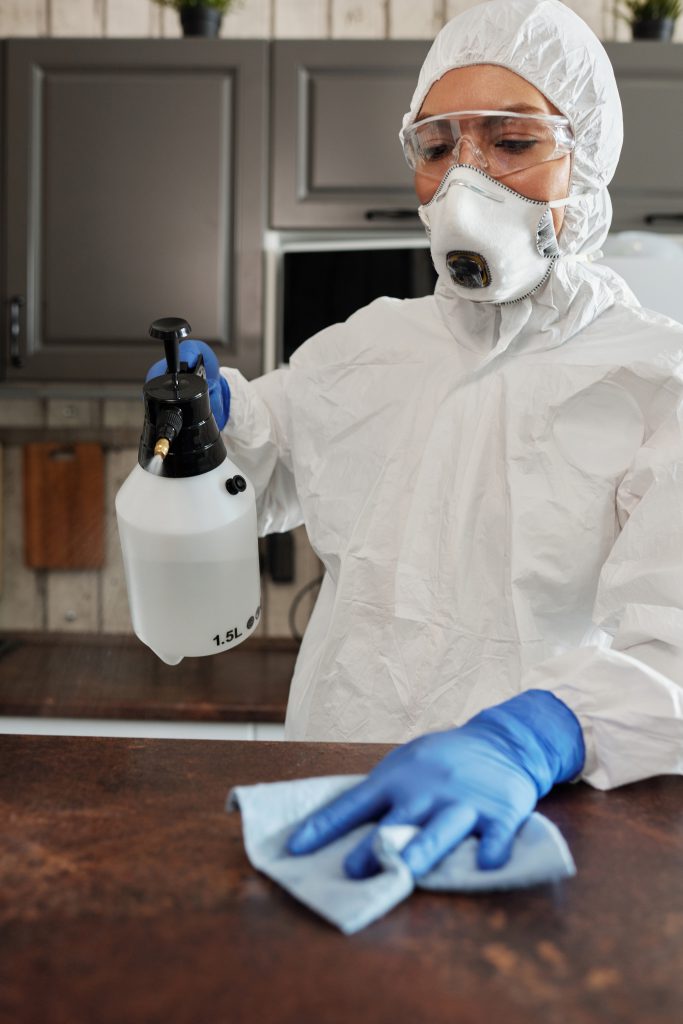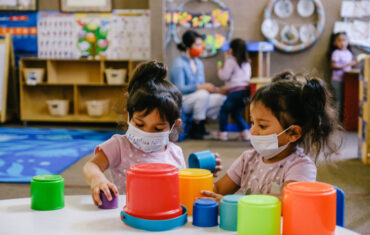Personal protective equipment (PPE), is equipment worn exposure to hazards that cause workplace injuries and illnesses. The PPE used to prevent exposure includes gloves, a gown, a respirator, and a full face shield. When respirators are not available, face masks are an acceptable alternative. These recommendations may be updated during the Covid-19 pandemic as decisions about best practices change. While the equipment is necessary for both public and personal health, there’s one glaring issue in the US right now concerning PPE: a major shortage. Its putting any one who comes into contact with COVID-19 patients at risk. There are a large number of PPE options, so choosing exactly what to get can be confusing. Here we explain what you need to know and do before buying PPE.
Get to Know OSHA’s PPE Rules
The Occupational Safety and Health Administration (OSHA) has developed regulations for PPE, offering guidance on the type of equipment required for certain occupations and workplaces. Various methods of putting on and removing PPE may be acceptable. You should follow the guidelines of the Centers for Disease Control and Prevention (or CDC) and your institution
Complete a Hazard Assessment
Different occupations require different types of PPE, and a workplace/job hazard assessment can help you understand your unique needs. During this evaluation, you will detail every source of potential hazards in the work area. The result of the assessment will serve as your guide when choosing PPE.
Look for Quality and Simplicity

PPE is not something to skimp on. If the equipment isn’t sturdy enough, it can cause contamination or serious illnesses. Plus, employees have the right to access proper PPE, and employers will face liabilities if they do not provide it. When choosing PPE, keep in mind that it must provide adequate protection under everyday conditions, and it should be easy to use. If employees find that PPE is simple to wear, there will be fewer compliance issues, creating a safer workplace.
Train Your Employees
After you purchase the right PPE for your workplace, you need to make sure it’s going to be used correctly. Educate employees through customized training sessions. You can also post instructions in conspicuous spots around the office, and provide manuals to staff. Employees must maintain their PPE and report faults to their supervisor or manager immediately. Even a small crack or tear can be enough to compromise you safety. This will help ensure workers stay safe and your company remains compliant.
Overall
Where occupational hazards like these exist, the employer must perform a risk assessment and determine how to reduce risks. They will first try means such as control measures and safe working systems to eliminate or reduce the risk. However, if these do not reduce the risk sufficiently, personal protective equipment will be issued as a last resort to protect workers from dangerous work activities. When PPE is properly worn, removed, and discarded, it is effective in protecting both the person who wears it and those with whom that person comes into contact.







8 thoughts on “Personal protective equipment: Things to know”